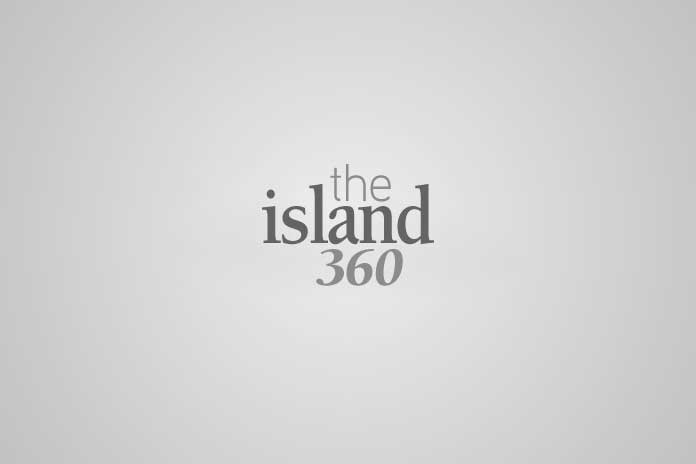
The MTA Inspector General Report dealing with how the MTA spent $5.8 billion in Federal Transit Administration Super Storm Sandy Recovery and Resiliency funding over the past 10 years was disappointing. The storm in 2012 resulted in extensive flooding damage to the NYC Transit subway system. The report revealed that the MTA is still not fully prepared to deal with flooding in the event of a future Hurricane.
These funds supplemented billions more in annual FTA formula funding over the same time period. NYC Transit should have learned from Super Storm Sandy which of the 472 subway stations and 36 subway lines were most vulnerable to flooding or located in flood zones. Remedial actions should have been completed years ago. Fast forward to 2022. After spending emergency funds on upgrading and adding additional sump pumps, securing subway entrances, elevator shafts, and street level air vents, why are there still some subway stations and lines still subject to flooding after major rain storms?
Look what just happened on July 18 after a heavy rain storm. Eight of 472 subway stations had to be temporarily closed. Service was suspended on the NYC Transit subway A line in Washington Heights and the 5 line in northern Bronx. NYC Transit still needs to do more. Consider adding new pump rooms. Improve coordination with NYC Department of Environmental Protection to insure there are adequate stormwater and sewage system capacity adjacent to stations and tracks. Purchase additional mobile pumps and pump trains.
Do we need more funding to be allocated to increase the number of existing NYC Transit subway system pump rooms back to a state of good repair? Do we need additional new pump rooms?
How many NYC Transit Bus, Manhattan and Bronx Surface Transit Operating Authority Bus, MTA Bus (the former seven NYC private franchised bus operators), NYC Transit and Staten Island Railway subway yard and shops are located in flood zone areas? Have they all been upgraded to deal with the next super storm? Are all Long Island and Metro North Rail Road yards and shops secure from flooding after heavy rain storms?
Five million pre COVID-19 subway and commuter rail riders should not have to deal with continued inconveniences every time there is a major rain storm.
Larry Penner
Great Neck
(Larry Penner is a transportation advocate, historian and writer who previously worked for the Federal Transit Administration Region 2 New York Office. This included the development, review, approval and oversight for billions in capital projects and programs for the MTA, NYC Transit, Long Island and Metro North Rail Roads MTA Bus, New Jersey Transit along with 30 other transit agencies in NY & NJ.)






